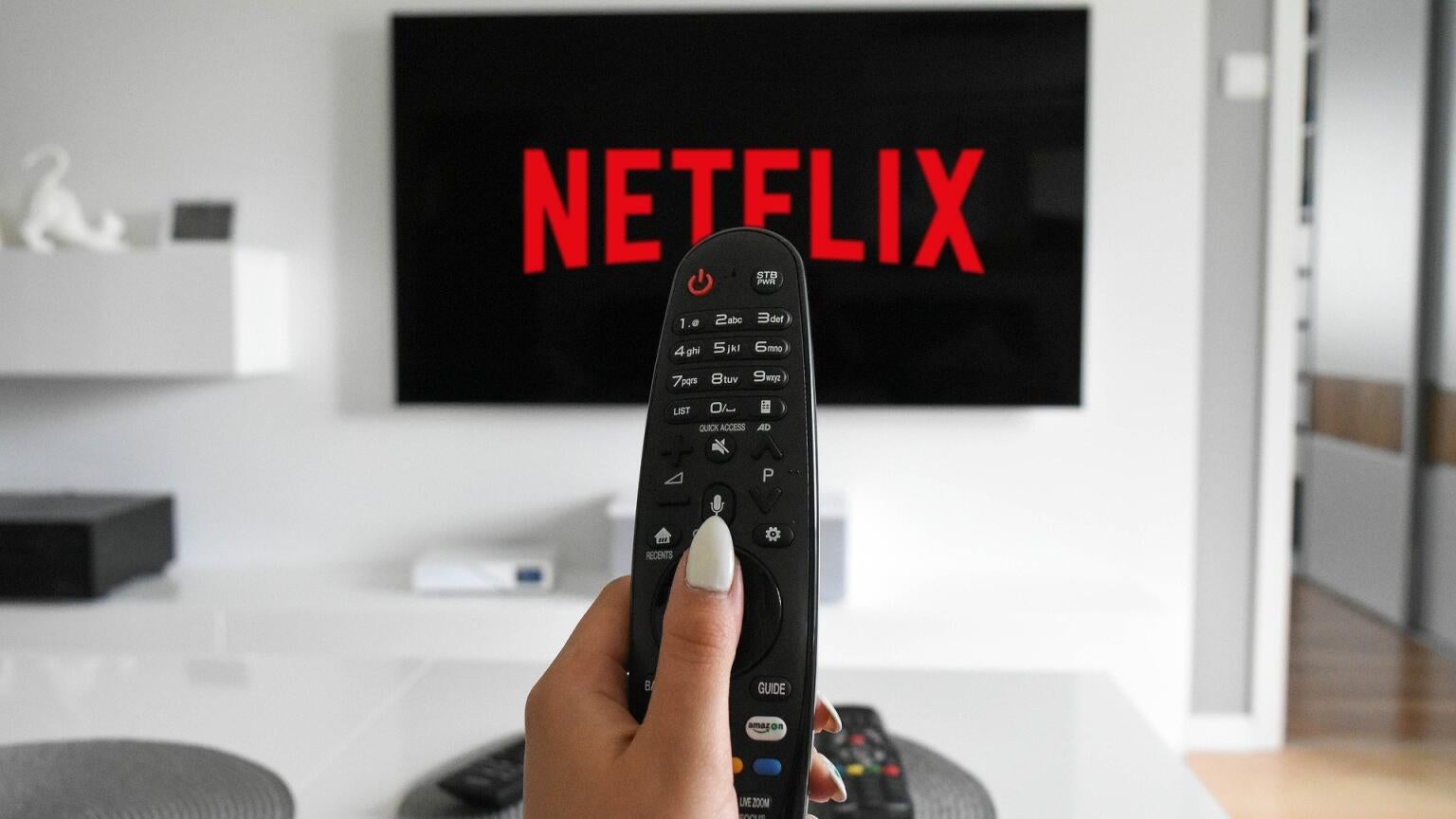Despite Netflix Reversing Course on Ads, Password Sharing, Why Is It So Devoted to the Binge Model?

When Netflix announced this spring that it had lost subscribers in a quarter for the first time since it became a streaming-first platform, it led the company to reconsider many of its longest-held assumptions, starting with the premise of never including advertising, and its past indifference to password-sharing.
However, while those long-held business tenents have been reassessed, Netflix is staying true to some other aspects of how it has always done, starting with its belief in the binge-release model that it pioneered nearly a decade ago.
The argument has been made that Netflix could better engage with subscribers if it released episodes more slowly. The streamer does have some series that release episodes weekly, but they are almost exclusively reality shows and often come in weekly bunches of three or four episodes.
The streaming giant has also broken up season into multiple parts, as it did earlier this year with the most recent installments of “Stranger Things” and “Ozark.” However, the argument is that Netflix series could become bigger parts of the cultural conversation if they were released over longer windows, rather than in one or two big bursts.
Clearly, though, Netflix believes that sticking with the binge model is the right thing to do. One likely reason for that is that while changes like launching an ad-supported tier and reducing password-sharing will almost certainly add revenue to the company’s bottom line, it’s not clear that ditching binge releases would accomplish anything similar.
Despite rumors to the contrary, Netflix’s head of scripted shows for the U.S. and Canada Peter Friedlander,has called the all-at-once release model “fundamental” to what the company does.
And now, Netflix has reiterated that point. In its shareholder letter released along with its third-quarter earnings report this week, Netflix shared that its binging model has been a part of its success, even as competitors use other models.
“We think our bingeable release model helps drive substantial engagement, especially for newer titles. This enables viewers to lose themselves in stories they love,” the letter said. “The ability to watch all of ‘Monster: The Jeffrey Dahmer Story’ helped drive significant interest in the show.”
The company included a snapshot of a Google Trends report showing that “Dahmer” beat out both of the season’s popular fantasy series, HBO’s “House of the Dragon” and Prime Video “Lord of the Rings: The Rings of Power” — both of which release one episode per week. Netflix’s Ryan Murphy true-crime series far exceeded the attention that the fantasy shows generated according to Google.

But it hasn’t only been “Monster.” Netflix believes that the buzz generated by the binge drops creates excitement that just can’t be replicated on a weekly basis.
“It’s hard to imagine, for example, how a Korean title like Squid Game would have become a mega hit
globally without the momentum that came from people being able to binge it,” the shareholder letter said. “We believe the ability for our members to immerse themselves in a story from start to finish increases their enjoyment but also their likelihood to tell their friends, which then means more people watch, join and stay with Netflix.”
While all of those points might well be true, it is curious that the world’s largest streamer is drawing a line in the proverbial sand on this particular issue. In the past, Netflix executives have made similarly definitive comments about never incorporating advertising into the platform, and the official Twitter account for the service has even encouraged password sharing in the past. So why has the binge model effectively become the untouchable third rail of Netflix’s streaming business?
Even though the service has obviously experimented with weekly and block releases recently, the full-season release is still very much synonymous with Netflix. Of course, other streamers drop entire seasons at once on occasion, for them, it is more the exception than the rule. But for Netflix, the bing model is the default and in a streaming landscape where it is getting harder and harder to differentiate one service from another, it is still a way for the streaming giant to stand apart from its competitors.
There have been numerous studies from analysts and research firms about the best release strategy for streamers, but — as with most things — the right answer is almost certainly not a rigid either/or solution. Taking each release on a case-by-case basis would seem to give the service the best opportunity to highlight what each individual title brings to the cultural conversation and how it can best help the platform to engage and attract customers.
And what’s more, Netflix seems to understand that, given its flexibility in pivoting away from the binge-release model on occasion. However, it seems as though the company’s executives either believe deeply in what their analytics tell them about full-season releases or they like the ability to point to a strategy that allows them to maintain their disruptor ethos while appearing to zig while the rest of the industry zags.
Whatever the reason, with Netflix adding 2.4 million subscribers in the third quarter, the company appears to have once again found its confidence, perhaps ending this brief period of internal disruptions. So, at least until the next subscriber decline, it would appear that the binge model is here to stay.
Netflix
Netflix is a subscription video streaming service that includes on-demand access to 3,000+ movies, 2,000+ TV Shows, and Netflix Originals like Stranger Things, Squid Game, The Crown, Tiger King, and Bridgerton. They are constantly adding new shows and movies. Some of their Academy Award-winning exclusives include Roma, Marriage Story, Mank, and Ma Rainey’s Black Bottom.

